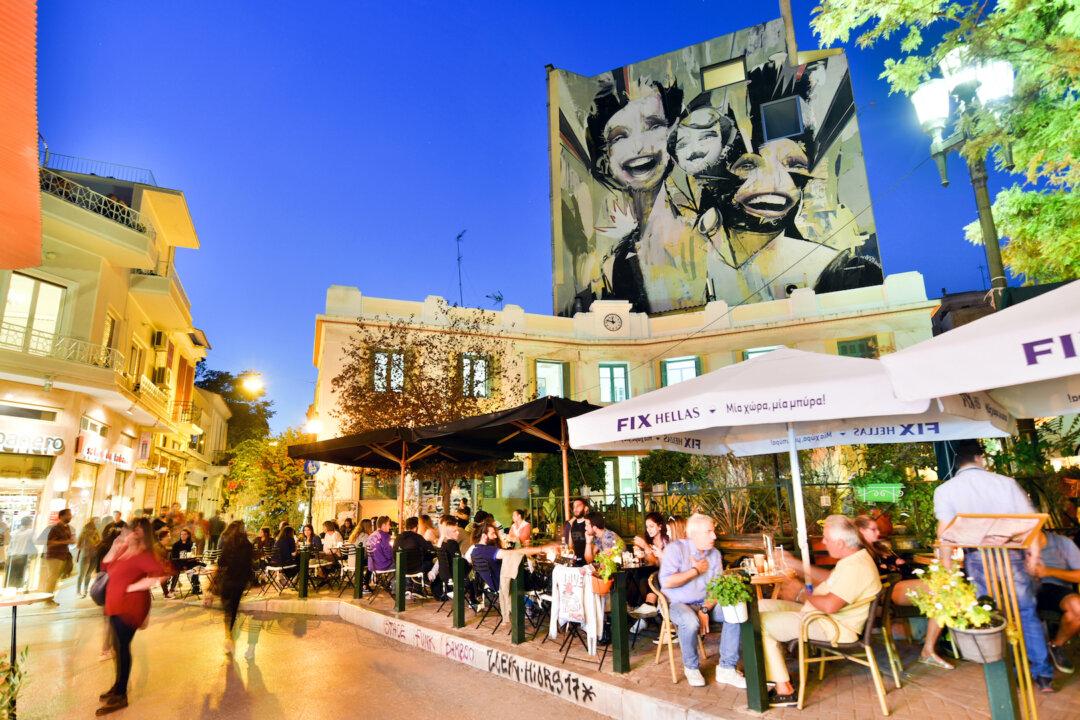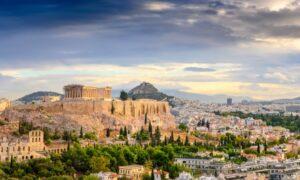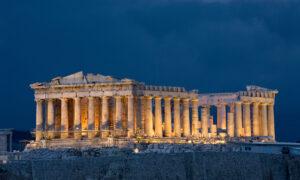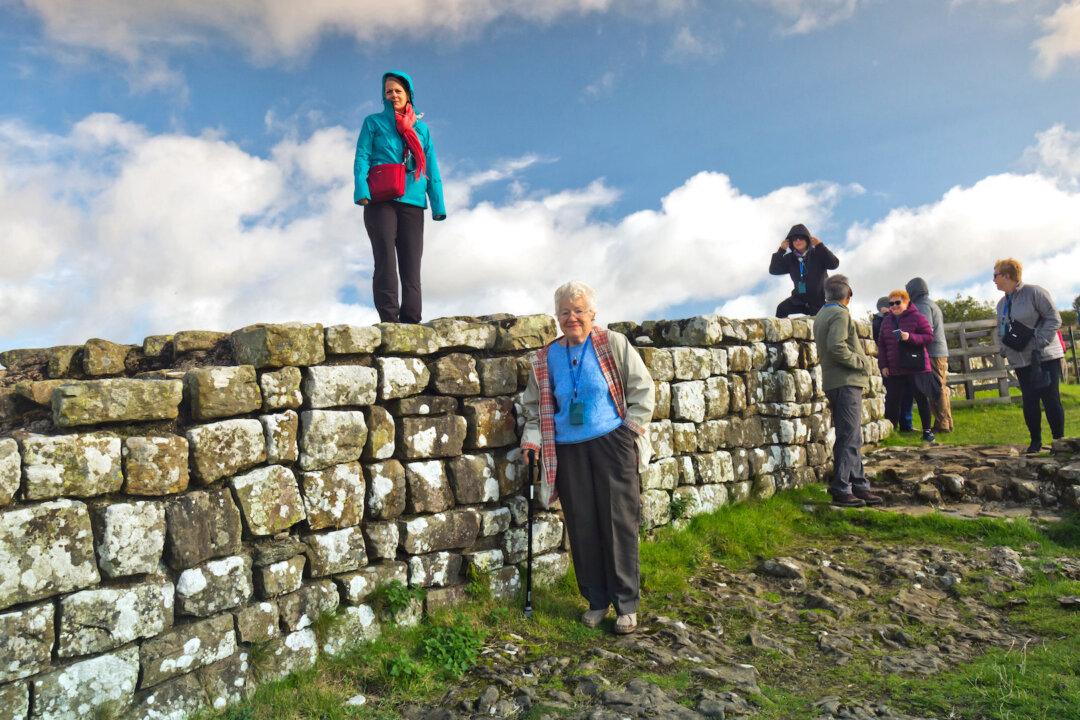I used to think of Athens as a big ugly city with obligatory ancient sights, fine museums, the Plaka (an extremely touristy old quarter), and not much else. “The joy of Greece is outside of Athens,” I wrote. “See Athens’ museums and scram.”
But while updating my guidebook one summer, I enjoyed the city more than ever before. I discovered a many-faceted city that’s getting its act together, despite Greece’s economic struggles. I had a great experience even though it was the worst time of year for a visit. It was sweltering—well over 100 degrees—and since it was mid-August, most Athenians were gone, finding relief on the beach. Still, there was an energy in Athens that made me want to come back and linger … in the spring or fall.
I discovered much of that energy in the offbeat parts of the city, thanks to Matt Barrett, who splits his time between Greece and North Carolina. He splashes through his adopted hometown like a kid in a wading pool, enthusiastically sharing his discoveries and observations on his generous website ( www.athensguide.com ).
He took me to Exarchia, a student district just a short walk from Athens’ Omonia Square. This area has long been the heart and soul of Athens’ feisty love of freedom and its nonconformist spirit. Slathered in colorful graffiti, it’s defiant, artsy, and full of life.
From the small Exarchia Square, side streets spin off into grungy neighborhoods. Because of the cheap rent and abundance of students (three universities are nearby), the streets are lined with cafés, bars, art centers, and bookstores. Each evening, Exarchia is a thriving festival of alternative lifestyles. The juxtaposition between Exarchia and the adjacent upscale diplomatic district of Kolonaki is striking.
A more trendy Athens neighborhood is the Psyrri district north of the Acropolis. Until recently, it was a grimy area of workshops and cottage industries, famous locally as a hotbed of poets, musicians, revolutionaries, and troublemakers. But now it’s become one of central Athens’ top after-hours zones. The mix of trendy and crusty gives the area a unique charm. The options include slick, touristy tavernas with live traditional music; highly conceptual café/bars catering to cool young Athenians; and clubs with DJs or live music for partying the night away.
Just beyond Psyrri, Athens’ Central Market isn’t cute or idyllic, like a small-town French halles, and it’s not a tourist trap, like Barcelona’s La Boqueria. The Central Market—an 1886 glass and iron arcade and the surrounding lanes—is refreshingly real: a thriving marketplace where workaday Athenians stock up on ingredients. A walk through the market is a treat for all the senses—sights, smells, and sounds.
The spice sellers are the great-great-grandchildren of those ethnic-Greek refugees from the Greco-Turkish war of the 1920s, who arrived bringing a pungent whiff of exotic Istanbul bazaars.
You’ll see bushels of rice, grains, nuts, and dried fruits. Keep an eye out for bunches of partially dried flowering herbs tied up with string—this is Greek mountain tea, an herbal mixture revered for its healing properties. You’ll also see classic Greek oregano, thyme, basil, and the precious Greek red saffron.
The meat and fish hall is a vivid parade of proteins. Vegetarians might want to skip this gut of the market. Tables are piled high with beef, pork, chicken, lamb, and goat and livestock is proudly pictured on some signs above the stalls. Little delivery scooters nudge their way past pedestrians.
Around the corner displays do their best to make the “fifth quarter” or hard-to-sell meat look appetizing: hooves, tripe, liver, and other organs. You may also see barrels of snails—a cheap source of protein during times of hardship, when locals developed a taste for the little critters that persists today.
Close by, the pleasant, pedestrian-friendly Aiolou Street, quieter than the parallel Athinas drag, is emerging as one of downtown Athens’ most appealing streets. It bustles with interesting stores, designer coffee shops, occasional street musicians, and lots of lunch-focused restaurants for busy urbanites. You can take a break from the heat in the petite, gorgeously restored Kimisi Theotokou Chrisospileotissis church, with a beautiful, serene interior. Back outside, the little square of St. Irene—the epicenter of hip, young locals, day or night—used to be known as the square of the flower vendors; these days only one remains open, and it’s still loyally frequented by Athenians.
Today’s Athens has become people-friendly, an urban scene of pedestrian boulevards and squares filled with benches, shade-giving trees, and inviting cafés. While its drawing power will always be its classic ancient sights, take time to taste its spicy, mod neighborhoods.






